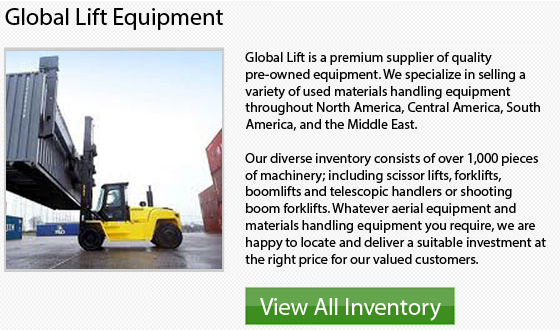
There are 7 various classes of forklifts offered on the market. Some categories, like IV, III, II and I are particularly designed and engineered to be utilized indoors on smooth surfaces. They may be chosen for specific aspects of recycling that happen in those types of environments. For more intensive outdoor recycling operations, Class V and VII lift trucks are usually used.
There are numerous company operations that work outside and have to deal with extreme workloads. Their forklift selection will gravitate toward Internal Combustion or IC machinery in Class V and Class VII. These units work well in any weather and have an adequate amount of power to run heavy objects during the course of a shift.
Using a lift truck safely is one more vital factor to take into account. Knowing and acknowledging the center of gravity is necessary when operating a lift truck, especially when traveling on uneven terrain. Knowing the stability triangle in these difficult work situations is very important also.
Normally, warehouses may utilize different types of reach trucks. Some manufacturing operations and the supply area for numerous textile firms also rely on different units. Utilizing a reach truck to stock finished merchandise on pallets, a range of supplies and other pieces of machinery is common. These kinds of machines truly help to keep a facility organized and allow them to use the maximum amount of area by stacking vertically. Reach trucks are fairly easy to utilize. They can help make better use of both time and available storage space.
If you are going to be using your forklift machine 4 to 8 hours a day, it is extremely better to purchase brand new. The warranty alone could come in handy with such continuous utilization. If, on the other hand, you are just loading and unloading on a bi-weekly basis or not really often, then a used unit may be suitable for your needs. Every situation is different and you must assess your personal needs prior to choosing a suitable machinery.